Gaia DR2 Passbands - Gaia
Image of the Week |
Gaia DR2 Passbands |
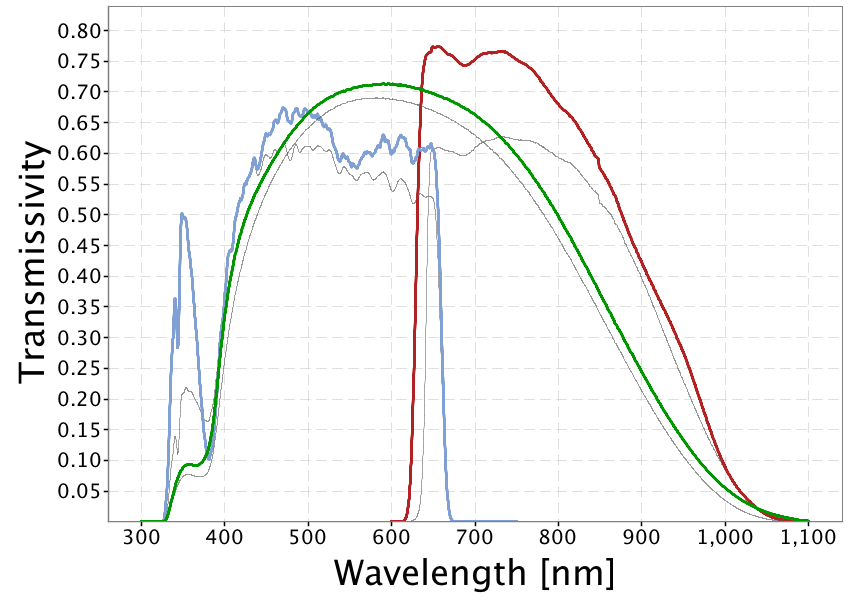 |
|
The coloured lines in the figure show the revised passbands for G, GBP and GRP (green: G; blue: GBP; red: GRP), defining the Gaia DR2 photometric system. The thin, grey lines show the nominal, pre-launch passbands published in Jordi et al. 2010, used for Gaia DR1. |
| The photometry of a celestial source is generally performed by recording the incoming light on a detector after it has passed through an optical filter that selects a range of wavelengths. A set of filters, in practice, allows us to take different slices of the spectrum of a source (e.g., star or a galaxy). This is a simple and fast way to obtain information on the shape of the spectrum, and is especially useful for faint sources. The combined effect of the filter, the transmission, the optical path, and the detector quantum efficiency, as a function of wavelength, defines the passband, i.e. the function to be applied to the spectrum of a given source to obtain its corresponding magnitude in the passband defined by a given instrument. Clearly, this is an essential piece of information when transforming the output of theoretical models of stars, galaxies, asteroids, etc. into predictions of magnitudes to be compared with observed magnitudes from a given instrument. The integrated photometry in the Gaia catalogue is no exception: an accurate determination of the three passbands, G, GBP, and GRP, is crucial for comparisons with theoretical models. The Gaia passbands are defined by a combination of factors, including the wavelength response of the prisms (including the filters on them) and the telescope mirrors and the quantum efficiency of the CCD detectors. In principle, by comparing the observed photometry of an arbitrarily large set of sources with well-known spectral energy distributions (SEDs) with the synthetic photometry obtained assuming some mathematical model for the passband, it should be possible to infer the true shape of the passband. However, in practice, any such set of spectrophotometric calibrators will only represents a subspace of all possible SED shapes either because it is finite in size and mostly because there exists classes of astrophysical objects that are intrinsically variable and hence cannot be properly used as calibrators. Hence, there will always be components of the passband that are not well constrained. A way to mitigate this problem is to add priors to the passband model, in particular using the pre-launch knowledge of the instrument overall response. In the case of Gaia, the satellite manufacturer provided an extensive set of measurements and models of most of the factors contributing to the definition of the instrument response. This data has been used to build the nominal, pre-launch passband curves that were published in Jordi et al. 2010. There are many reasons to expect significative differences between nominal passbands and the “true” passbands in flight corresponding to the Gaia DR2 photometric system. For example, the contamination effect described in Gaia collaboration et al. 2016 introduces a flux loss term that is wavelength dependent and that changes significantly and occasionally abruptly with time (as a result of de-contamination campaigns). The effect of contamination has been largely compensated by the internal photometric calibration (for details, see Riello et al. 2018, available as of 25 April 2018). To account for possible differences between the nominal and "true" passbands, a model based on the nominal curves has been fitted with a multiplicative correction factor to adapt synthetic and observed photometry for a set of 93 spectrophotometric standard sources extracted from the Gaia SPSS catalogue (see Pancino et al. 2012). Evans et al. 2018 (available as of 25 April 2018) provides more details on the computation of the passbands and the external calibration for Gaia DR2. A first version for the three Gaia passbands defining the Gaia DR2 photometric system was released for internal DPAC use in July 2017. These passbands were used in the data processing for Gaia DR2 leading to the magnitudes to be published on 25 April. However, later analysis of BP/RP spectral data showed that a significant offset in the RP cutoff wavelength position was required to well describe the spectral data. A new set of revised passbands was subsequently derived in October 2017 to introduce this and a few other minor changes. These revised passbands are shown in the figure above as green, blue, and red solid lines for the G, GBP, and GRP bands, respectively. The thin grey lines show the nominal, pre-launch passbands published in Jordi et al. 2010. Gaia DR2 passbands are offered to users as a record to understand how the Gaia DR2 magnitudes are computed, and to eventually reproduce analysis of data made by other DPAC Coordination Units. For other applications, for example the computation of synthetic fluxes or magnitudes, one might use the revised passbands. The passbands are available below for download. Please consider carefully which set to use with your data. |
|
Credits: ESA/Gaia/DPAC, P. Montegriffo, F. De Angeli, C. Cacciari [Published: 16/03/2018] |
- Removed a total of (5) style text-align:center;
- Removed a total of (19) style text-align:justify;
- Removed a total of (1) border attribute.
- Removed a total of (1) cellpadding attribute.
- Removed a total of (1) cellspacing attribute.
Image of the Week Archive
- Removed a total of (1) border attribute.
- Removed a total of (1) cellpadding attribute.
- Removed a total of (1) cellspacing attribute.
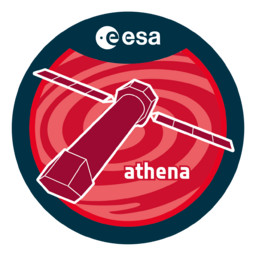
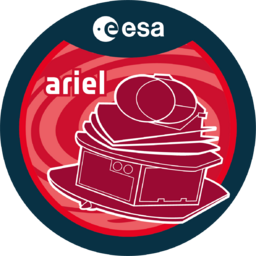
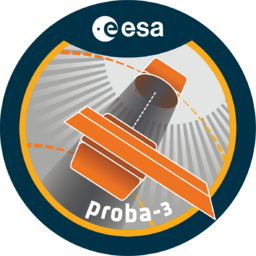
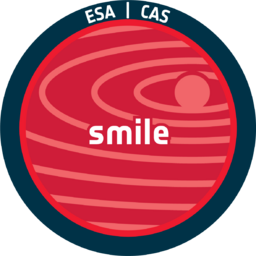
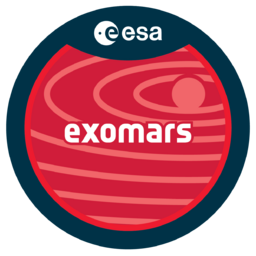
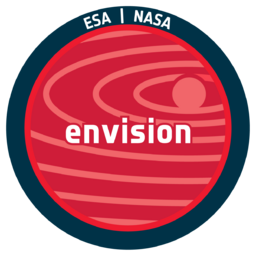
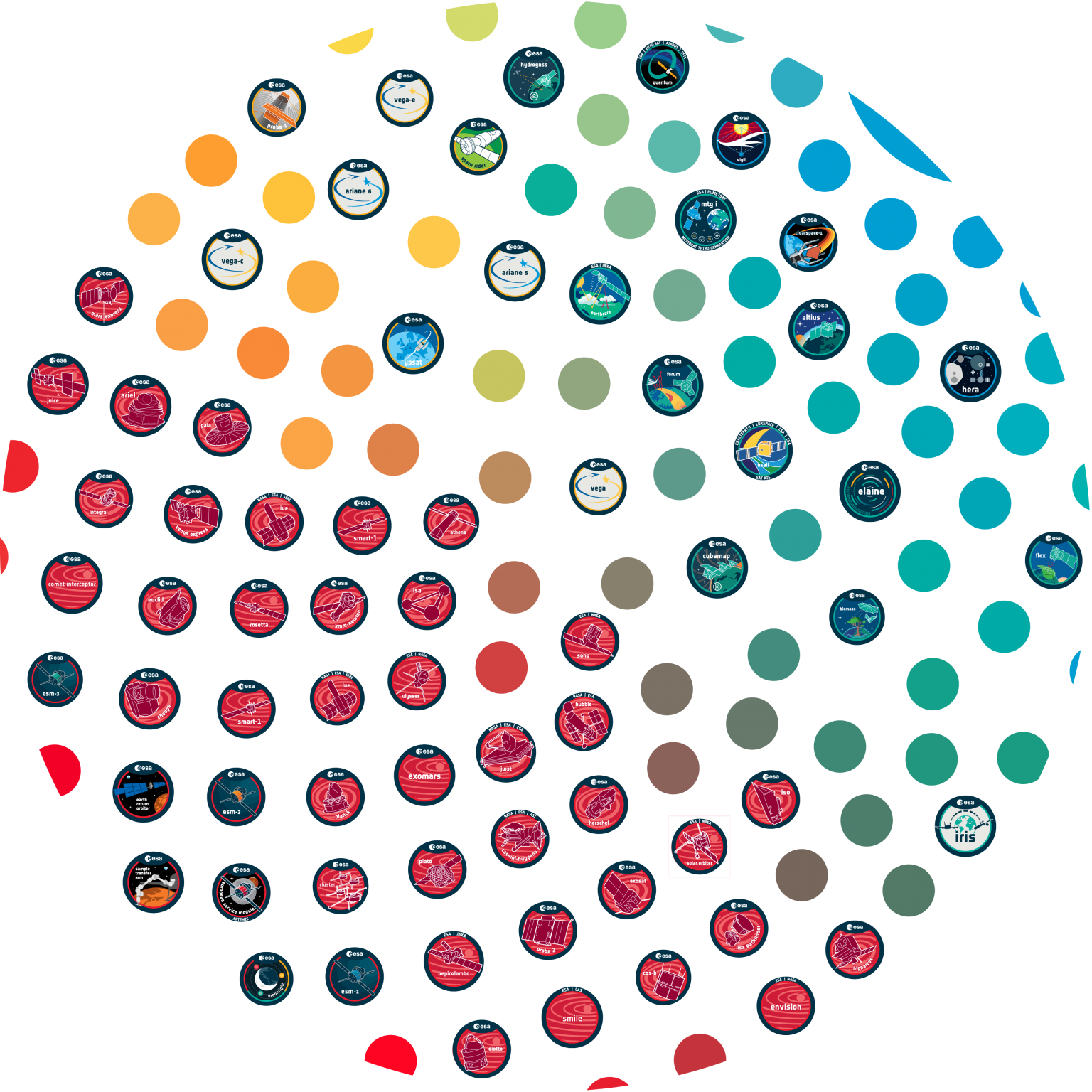
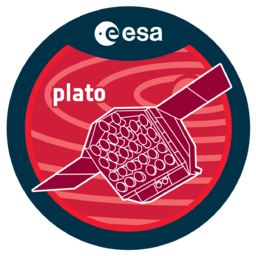
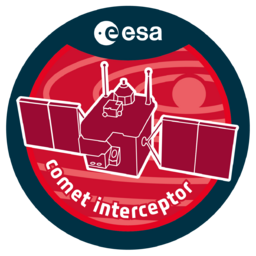

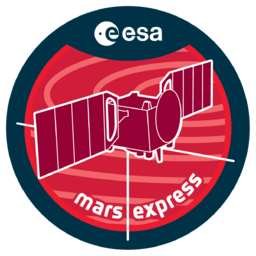
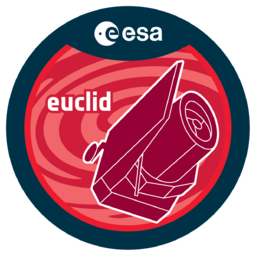
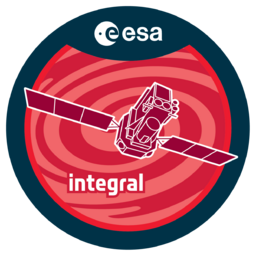
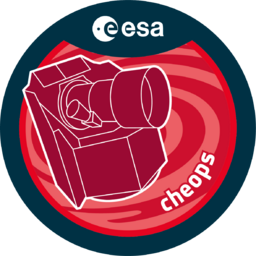
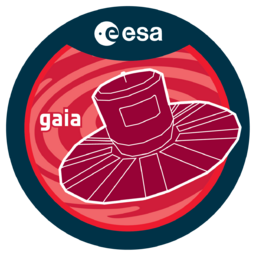
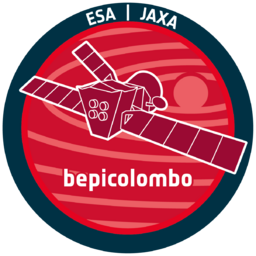
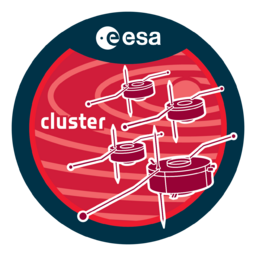
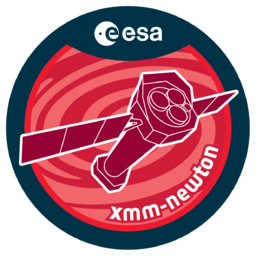
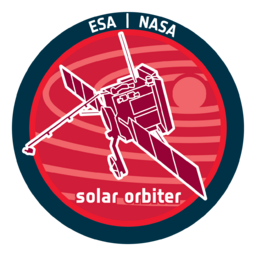
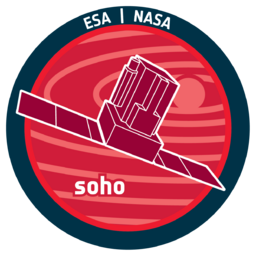
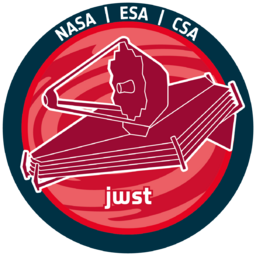
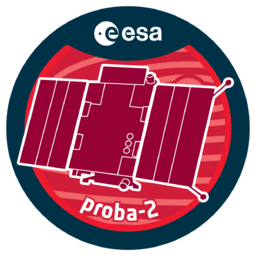
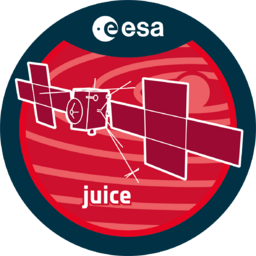
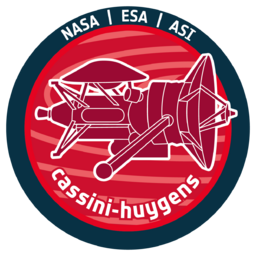
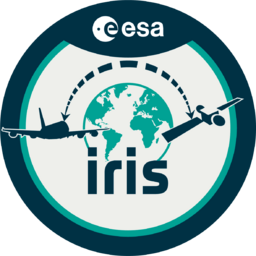
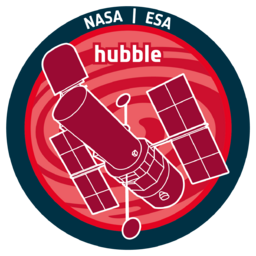
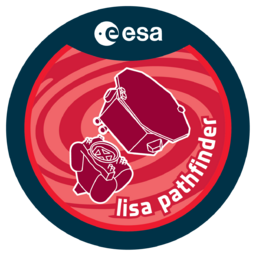
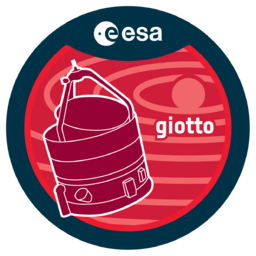
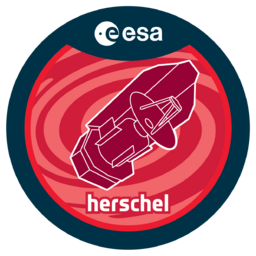
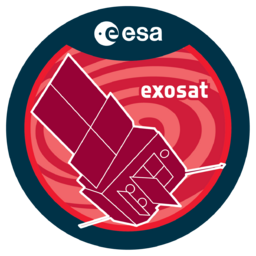
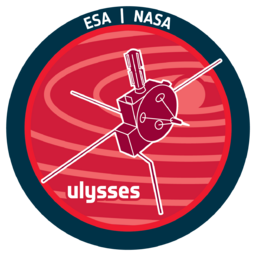
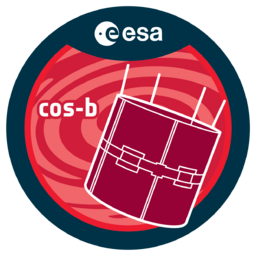
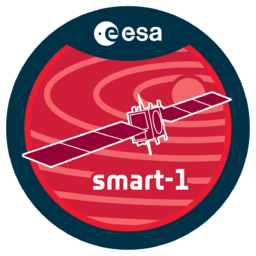
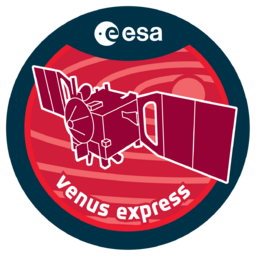
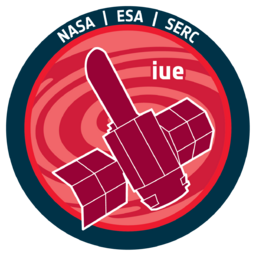
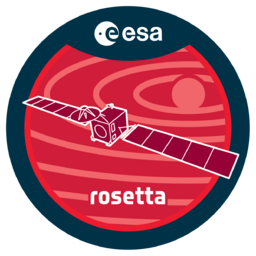
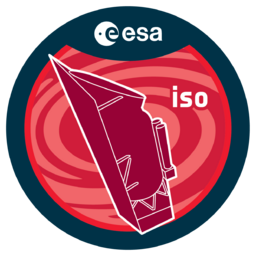

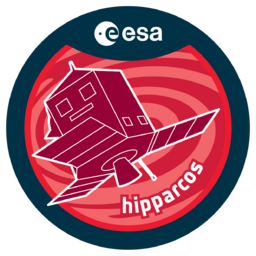

 Sign in
Sign in
 Science & Technology
Science & Technology